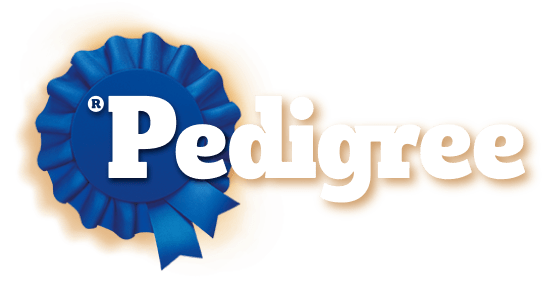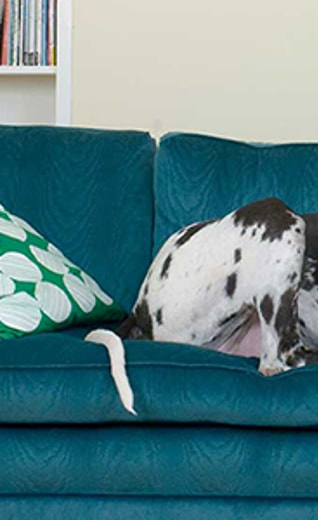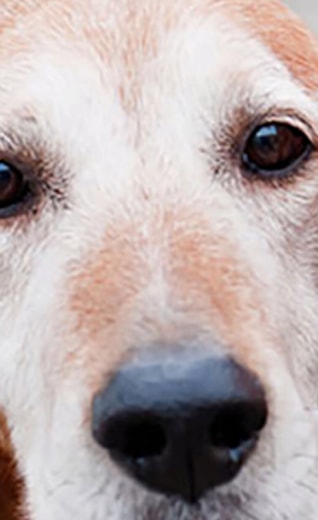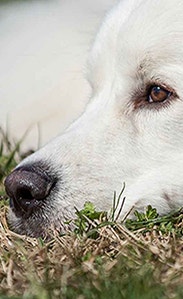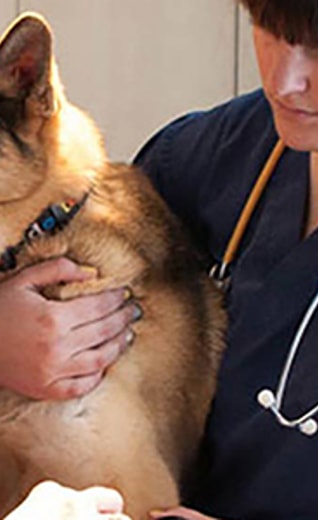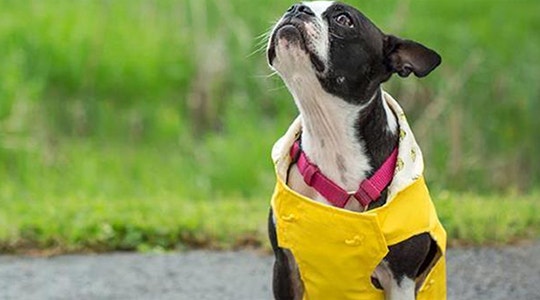
Why Does My Dog Scoot His Rear End?
When a dog scoots (drags) his rear end on the carpet, it can look bizarre—and even comical. And if it’s done in front of visitors, it can also be embarrassing. If you’ve ever witnessed this behavior, you may have wondered what is driving your dog to do this. In almost all cases your dog is trying to get relief from irritation in his anal region.
There are, in fact, several possible reasons for the irritation:
Full, swollen, or impacted anal glands. Your dog’s anal glands are located on the sides of his rectum. If everything is normal with your dog, his anal glands will empty when he defecates. This is one way dogs mark their territory. However, if the glands become clogged due to an infection or another medical problem, your dog may not be able to express (empty) his glands. As a result, he will experience discomfort in the anal area. To relieve this irritation, he may drag his rear end on a rough surface, such as a carpet.
Tapeworm infection. When a dog is infected by tapeworms, his anal area could become irritated or itchy when small sections of the parasite exit his rectum.
Skin allergies. When a dog has allergies, any area of skin can become itchy, including the skin around his rectum and under his tail.
Dried fecal matter around the anus. Another reason for irritation around the anus has a very simple explanation: dried particles of stool that are stuck to the area. If this is the case, your dog’s scooting might relieve the irritation—but it could result in stained carpets.
Treatment for the conditions that cause scooting
Normally, your dog’s anal glands will automatically empty (express) themselves when he moves his bowels. However, when the glands become clogged or swollen, professional help may be needed. If your dog occasionally scoots his rear end and you take him to a groomer on a regular basis, the groomer may be able to express your dog’s anal glands. But if you’ve noticed that your dog is prone to this condition, it’s best to take him to the vet for an examination. If left untreated, clogged anal glands can rupture—and you want to make sure your dog receives proper medical attention BEFORE that happens.
Tapeworms and skin allergies require treatment by your veterinarian. So if you notice you dog scooting, it's best to have him examined so that the cause of the problem can be identified, and appropriate treatment instituted.
